What are HADI cycles, and how can they benefit a business?
HADI cycles are used in business to build and test a hypothesis. Allowing a product to be better adapted to the market enables a start-up business or new product to become marketable more quickly.
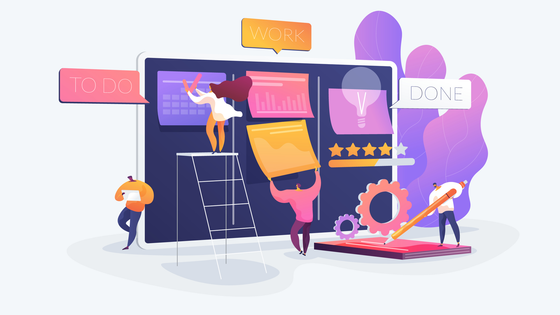
Let's look at how to use HADI cycles in your business to gather as much useful information as possible and increase your sales.
What are HADI cycles?
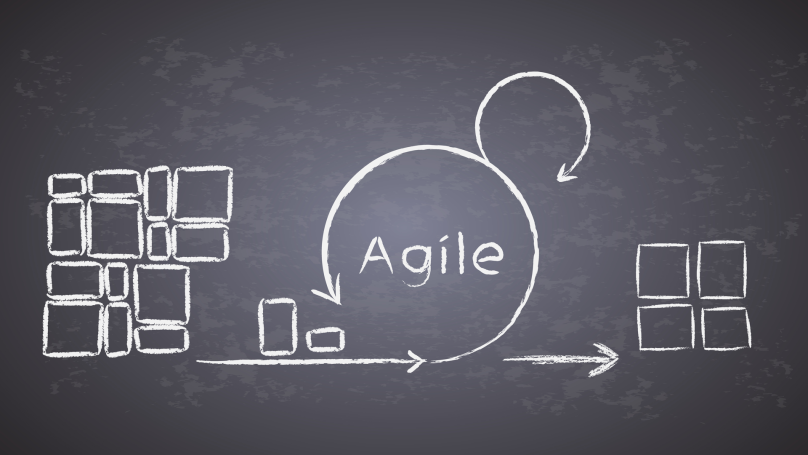
A HADI cycle is an Agile tool that enables you to test a hypothesis by tracking its influence on a particular indicator. HADI is an acronym that describes every stage of work and includes a cycle:
- Hypothesis (setting up a hypothesis). At this stage, all emerging theories are collected and metrics affected by the change are identified. For example, a new version of a headline may increase conversion on the company's landing page.
- Action. (testing the hypothesis), the key to the HADI method is to be able to test the hypothesis. Once the decision has been made to test a certain hypothesis, it should be done as quickly as possible.
- Data. (data collection). At this stage, the data required to test the hypothesis is collected to confirm or reject it.
- Insights. (conclusion) This stage evaluates how the hypothesis was tested and whether the objectives set were achieved.
If the hypothesis test is successful, the manager will think about how to scale the changes (extend the improvements to additional workflows). Testing with a HADI cycle allows you to quickly evaluate how a particular hypothesis affects a specific metric.
A single HADI cycle can be used to test several hypotheses at once. However, it is essential to make sure that they have different performance indicators. If you test two hypotheses aimed at improving the same metric in one HADI cycle it will be hard to judge which of the ideas was correct.
Who should use a HADI cycle and why?

Start-ups appear to benefit from using a HADI cycle the most. This research method allows you to quickly test the hypothesis and make changes to the way you work on time. The speed factor plays a decisive role in the market. On the other hand, large companies can use HADI cycles to test a new product before launching it to the masses.
Thus, a HADI cycle provides the answer to any consumer question: how relevant a particular product is to them, how can a marketing campaign be organized most effectively, which indicators should be adjusted, etc. The most important thing is to formulate a hypothesis that can only be answered with a "yes" or "no".
The most common application of a HADI cycle is to test the hypothesis in Internet marketing. Usually, they test the effectiveness of email marketing, SEO optimization settings of websites, contextual advertising, etc. In these cases, the analytics data, or the same metrics as the Internet marketing data are used as performance indicators. For example, conversion (the percentage of users who perform the targeted action, compared to the total number of visitors to the website).
How to test a hypothesis using a HADI cycle
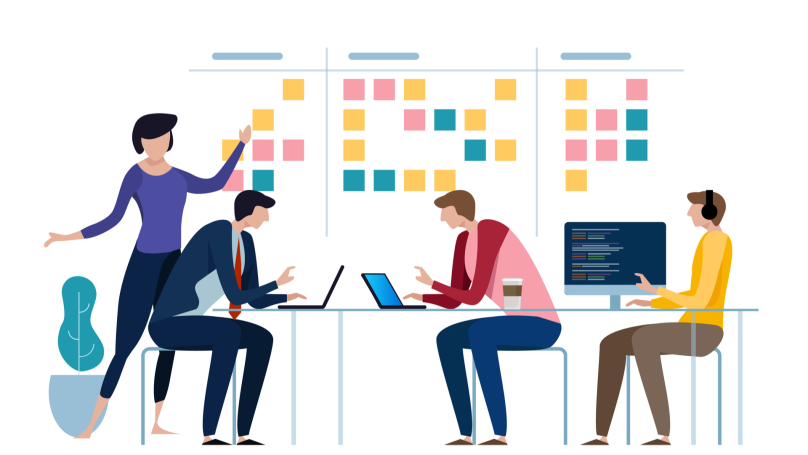
To accurately test the hypothesis using a HADI cycle, it is essential to properly organize all test work. First, you need to be rigorous in your choice of hypothesis. Formulate all the hypotheses you want to test and analyze them. Which of them is among the most useful for you to try right now? Do the metrics of the two hypotheses that you want to test in the HADI cycle match? Remember: the hypothesis must be formulated in such a manner that it can be answered unambiguously.
An example of a HADI cycle. Formulation of the hypothesis. The company is testing a new target audience section. The test aims to find out how interested customers will be in the company's product. To do this, the company's employees conduct 25 interviews and make 25 calls to customers from the new target group. Five or more purchases made for a certain amount will be considered a success.
To assess whether a hypothesis fits the test in a HADI cycle, answer the following two questions:
- Exactly how much does the team itself believe in the hypothesis?
- How difficult is it to initiate the testing of a hypothesis?
To answer the first question, it is enough to interview your team. To answer the second question, it is advisable to assess the complexity of organizing the tests and the resources required. After obtaining the answers to these questions, you can start evaluating the priority of testing a particular hypothesis. The top priority is given to ideas that the team believes in and that are easy to test.
You should start the testing phase as early as possible and finish this stage when all the necessary information is gathered. How do you determine when enough data is sufficient? It is essential to consider which hypothesis to test. The amount of data collected should be such that the measurement error is as small as possible. Ideally, the measurement error should be less than 1%.
An example of a HADI cycle. Ideal sample size. The website creator needs to check whether the new headlines influence the number of visitors to the website. The experiment aims to attract three thousand new visitors. The figure is selected so that the measurement error should be about one percent.
Suppose the required amount of data cannot be collected within the specified time. In that case, you need to proceed to test the next hypothesis. The initial hypothesis is either incorrect or has no significant effect on the selected metric.
Lectera’s Online Courses by topic
An example of a HADI cycle

A HADI cycle allows you to test hypotheses at a minimal cost. It also allows companies to take on several theories at once during testing.
An example of a HADI cycle . The online shop needs to increase two metrics:
- The number of items added to the shopping basket. Hypothesis: you can achieve this by increasing the size of the "Add to Shopping basket" button.
- The number of orders, lowering the price of customer purchases. Hypothesis: this can be achieved by adjusting your prices appropriately in your advertising campaign.
Since different metrics are tested in hypotheses, it is possible to try both hypotheses in one HADI cycle and the marketer got the following result:
- The hypothesis proved to be correct: users started to add products to their shopping baskets by one and a half times more often.
- The hypothesis proved to be wrong. After the price tariff was corrected, the number of orders decreased, and the cost of attracting a customer doubled.
To obtain reliable results in a HADI cycle, when formulating a hypothesis it is crucial to clearly define the metrics to evaluate its effectiveness. Always be the first to test ideas that are easy to check and your team believes in. Since a HADI cycle provides the ability to test multiple hypotheses simultaneously, provided that their indicators are not using the same metric for evaluation. This is an invaluable method for product development and revenue growth in every company. Try it out and see for yourself!
Share this with your friends via:
Latest News

A significant stage in the development of the alternative education system has begun in West Northamptonshire in the UK: the County Council is actively calling on parents, guardians, and trustees to participate in shaping the future of this key area.
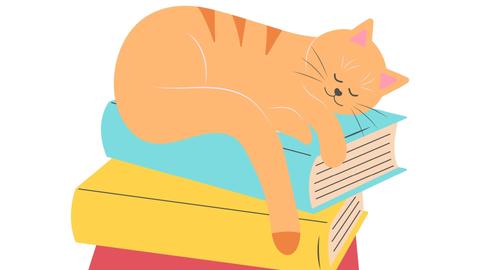
Outwoods Primary School in Atherstone, Warwickshire, having experienced deep sadness after the loss of their famous cat, Silla, has found solace in a new pet – a Maine Coon named Aloysius O’Hara.

In modern universities, artificial intelligence, and in particular ChatGPT, is rapidly transforming from a controversial tool into a full-fledged student assistant.

An innovative educational project is gaining momentum in UK primary schools, aiming to change attitudes towards video games.

The Massachusetts Institute of Technology (MIT) presents MIT Learn – a revolutionary online platform that opens a “new front door” to access university knowledge and resources.












 Mental Traps That Are Easiest to Fall Into During Winter
Mental Traps That Are Easiest to Fall Into During Winter
 Life After the Holidays: How to Beat the Post-New Year Blues
Life After the Holidays: How to Beat the Post-New Year Blues
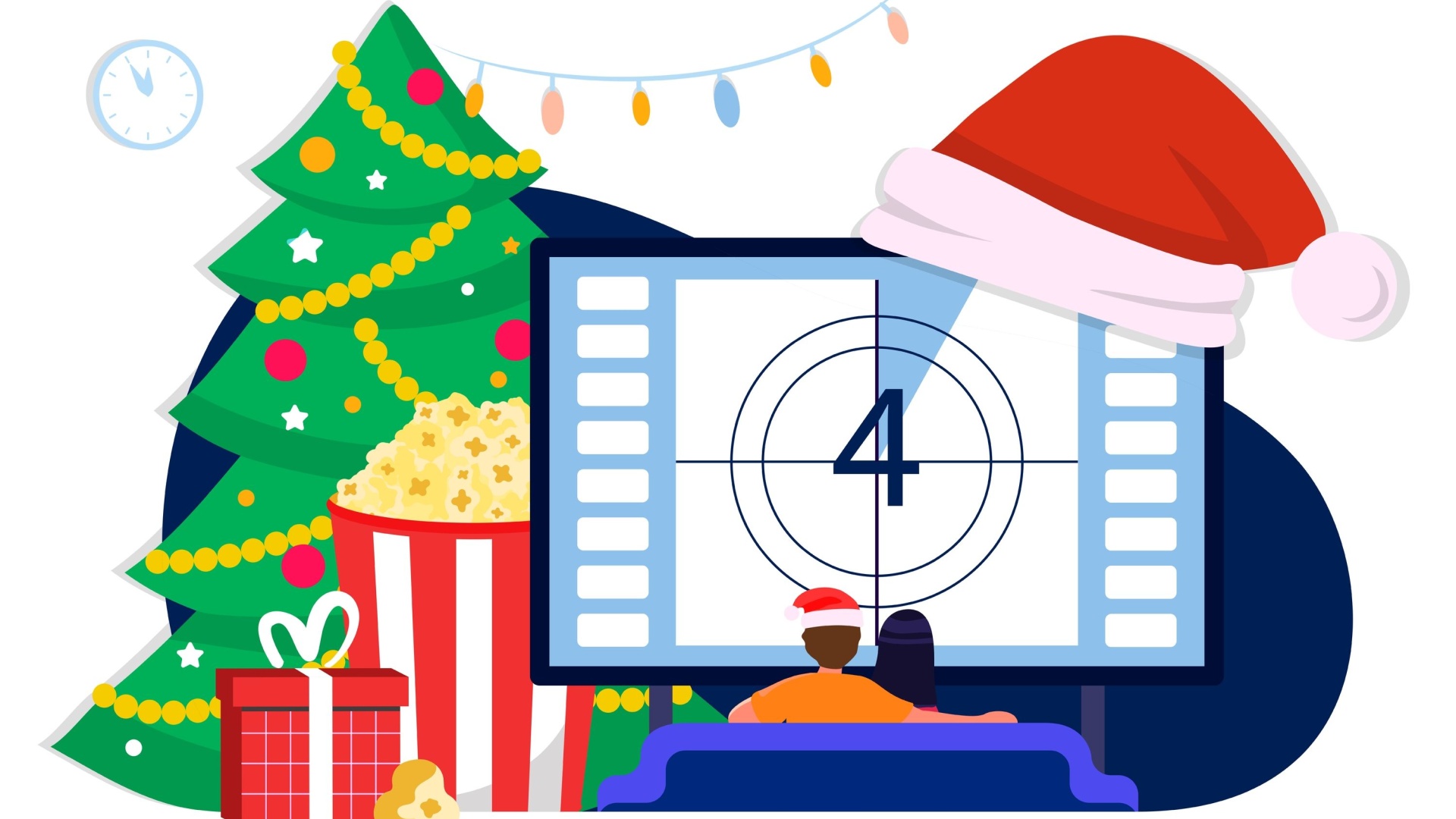 Which Christmas Movie Character Are You?
Which Christmas Movie Character Are You?
 Test. What Career Goal Should You Set for Next Year?
Test. What Career Goal Should You Set for Next Year?
 Your New Year’s Forecast: What Awaits You in the New Year?
Your New Year’s Forecast: What Awaits You in the New Year?
 Test. Which New Year Archetype Are You?
Test. Which New Year Archetype Are You?
